26th August, 2025
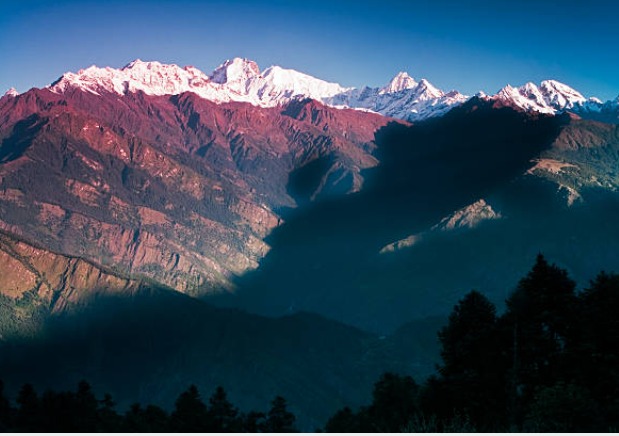
Jul 25, 2023
Langtang Valley Trek In January
- Highlights of the Langtang Valley Trek in January
- Why Langtang Valley Trek in January
- Is it a Good Time to Trek to Langtang in January?
- How Hard is the Langtang Valley Trek?
- What Kind of Weather Do You Expect for Langtang Valley Trek in January?
- Is Langtang Valley Trek Worth It?
- What to Pack For Langtang Valley Trek for January
- Weather and Temperature in January Langtang Trek
- Food and Accommodation
- Guide and Porter
- Transportation for Langtang Trek
- Conclusion
- Langtang Region Packages
The Langtang Valley Trek in January offers a unique and serene experience for trekkers seeking to explore the beauty of Nepal's Himalayas. Nestled in the Langtang National Park, this trek is renowned for its stunning landscapes, rich cultural heritage, and relatively less crowded trails during the winter season.
January brings a blanket of snow to the Langtang Valley, transforming it into a winter wonderland. The crisp, clear air provides breathtaking views of snow-capped peaks like Langtang Lirung, Dorje Lakpa, and Ganesh Himal. The trails, adorned with snow, offer a peaceful and tranquil trekking experience, far from the bustling crowds of the peak seasons.
The trek begins from Syabrubesi, a quaint village that serves as the gateway to the Langtang region. As you ascend through dense forests of rhododendron and bamboo, you may encounter wildlife such as red pandas, Himalayan tahr, and various bird species. The trail passes through traditional Tamang and Sherpa villages, where you can immerse yourself in the local culture and hospitality.
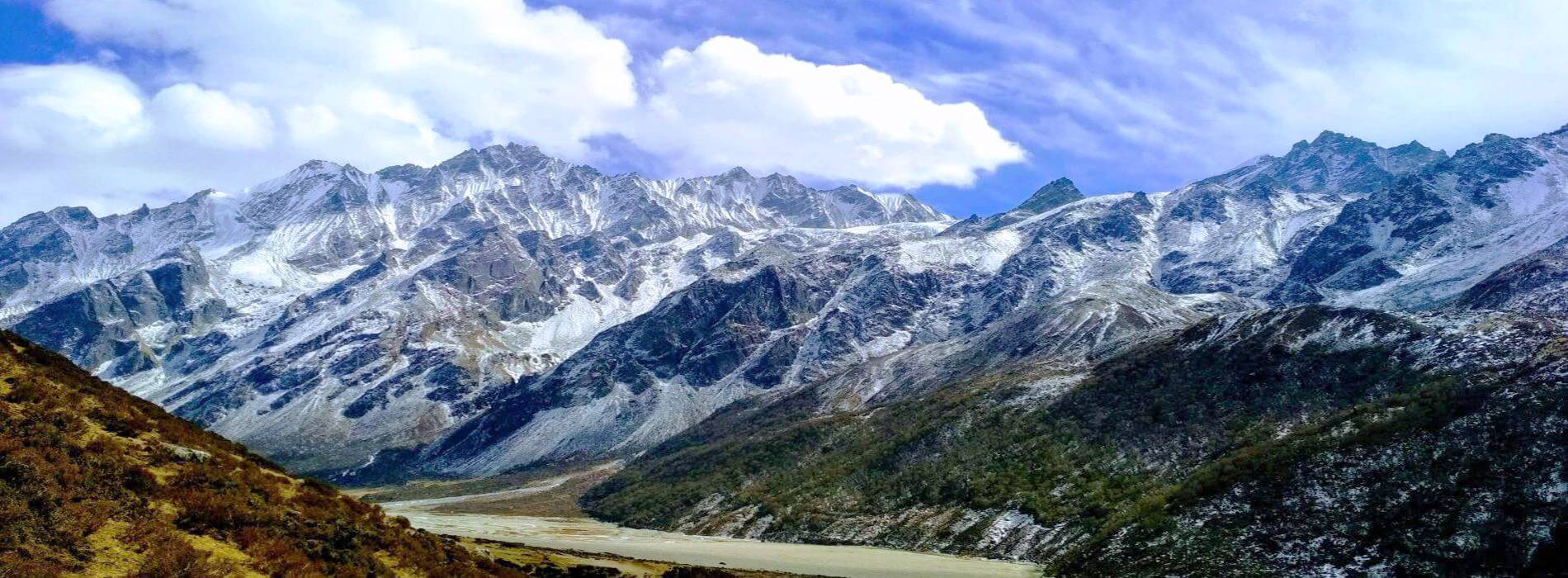
LANGTANG VALLEY TREK
A visit to Langtang National Park, Nepal’s first Himalayan national park- formed in 1976, is a wonderland of natural beauty and rich Tamang culture and only a hop-step and jump from Kathmandu!The Lang...
One of the highlights of the Langtang Valley Trek is reaching Kyanjin Gompa, a picturesque village surrounded by towering peaks. Here, you can visit the ancient monastery, sample local yak cheese, and take short hikes to nearby viewpoints like Tserko Ri for panoramic vistas.
While January's cold temperatures and snow-covered trails require proper gear and preparation, the rewards are immense. The pristine beauty, solitude, and cultural richness of the Langtang Valley in winter make it a truly unforgettable trekking experience.
Highlights of the Langtang Valley Trek in January
1. Snow-Capped Peaks: Experience breathtaking views of snow-covered mountains, including Langtang Lirung and Ganesh Himal.
2. Fewer Crowds: Enjoy a more serene and peaceful trek with fewer tourists on the trails.
3. Cultural Immersion: Interact with the warm and hospitable Tamang and Sherpa communities, and explore traditional villages like Langtang and Kyanjin Gompa.
4. Clear Skies: Benefit from crisp, clear winter skies that offer stunning visibility for photography and sightseeing.
5. Wildlife Spotting: Spot unique winter wildlife, such as the elusive red panda, in the Langtang National Park.
6. Challenging Adventure: Embrace the challenge of trekking in colder conditions, which adds an extra layer of adventure to your journey.
7. Hot Springs: Relax and rejuvenate in the natural hot springs at Tatopani, a perfect way to warm up after a day of trekking.
8. Cultural Festivals: Witness or participate in local winter festivals and traditions, providing a deeper cultural experience.
Remember to prepare adequately for the cold weather and potential snow on the trails.
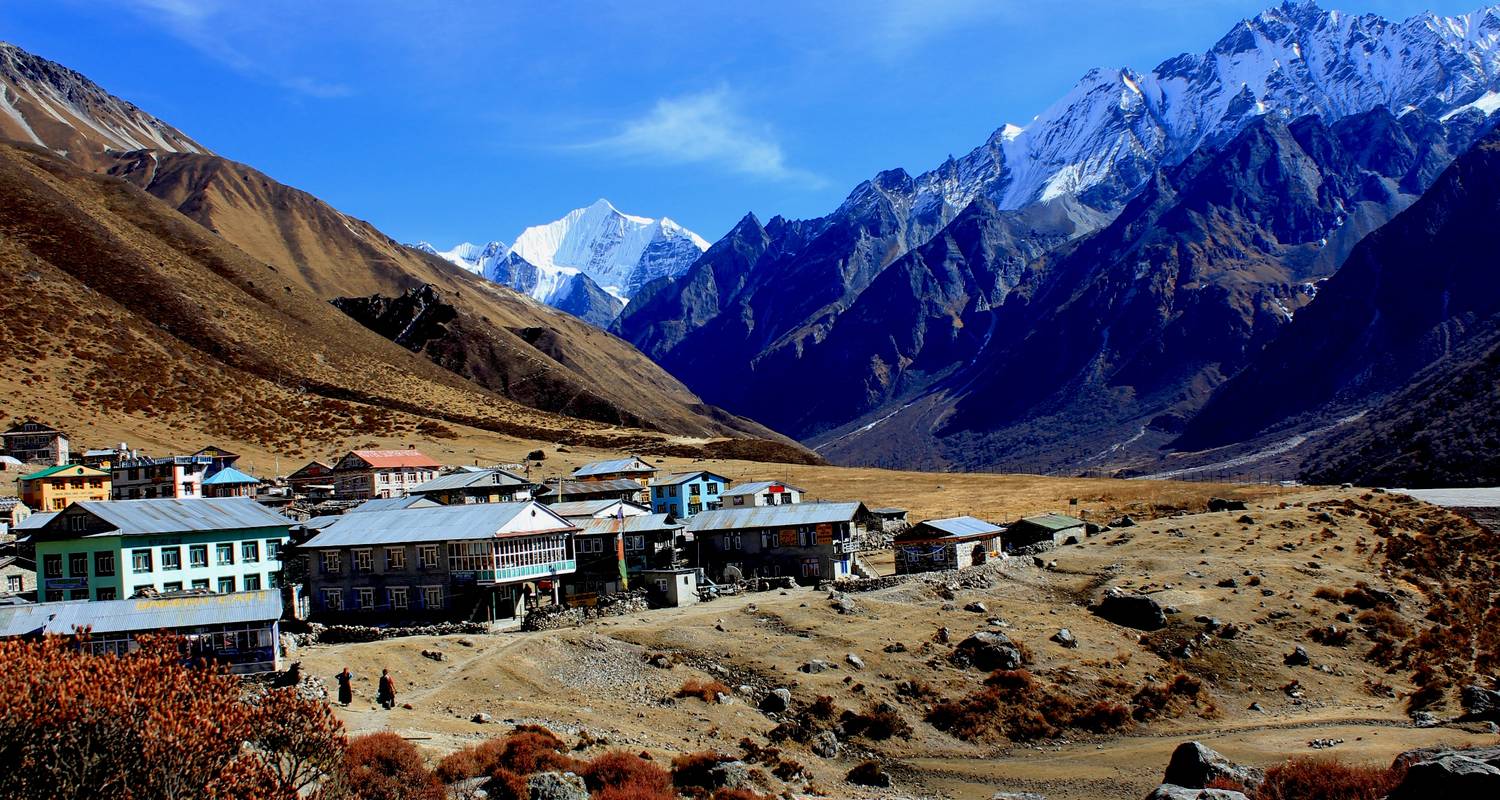
LANGTANG VALLEY TREK 7 DAYS
The Langtang valley, located 61.8 km far from Kathmandu, amazing travelers with its Himalayan streams and magnificent views. Mt. Langtang Lirung (7246 meters) surrounds the colorful rhododendron,...
Why Langtang Valley Trek in January
Trekking the Langtang Valley in January offers a unique and serene experience that is hard to find during other times of the year. The winter season transforms the valley into a winter wonderland, with snow-capped peaks and frosty landscapes creating a magical atmosphere. The trails are significantly less crowded, allowing for a more peaceful and intimate connection with nature. This solitude also means you can enjoy the stunning vistas and cultural experiences without the hustle and bustle of peak trekking seasons. Additionally, the local Tamang and Sherpa communities are incredibly welcoming, offering a rich cultural experience that is enhanced by the tranquility of the season. The clear winter skies provide breathtaking views of the Himalayan giants like Langtang Lirung and Ganesh Himal, making it a photographer's paradise. While the cold weather can be challenging, it adds an extra layer of adventure to the trek. Overall, January is an excellent time for those seeking a quieter, more reflective trekking experience in one of Nepal's most beautiful regions.
Is it a Good Time to Trek to Langtang in January?
January is indeed a good time to trek to Langtang Valley, especially for those who prefer a quieter and more serene trekking experience. The winter season means fewer tourists, allowing you to enjoy the natural beauty and cultural richness of the region without the crowds. The snow-covered landscapes and clear skies offer stunning, unobstructed views of the Himalayan peaks, making it a perfect time for photography and sightseeing. The local communities are also more accessible, providing a deeper cultural immersion as you interact with the Tamang and Sherpa people. However, it's essential to be well-prepared for the cold weather and potential snow on the trails. Proper winter gear, including thermal clothing, a good sleeping bag, and sturdy boots, is crucial for a comfortable and safe trek. While the cold can be challenging, it also adds an element of adventure and makes the experience more rewarding. In summary, January is a great time to trek to Langtang Valley for those who are well-prepared and looking for a peaceful, scenic, and culturally enriching adventure.
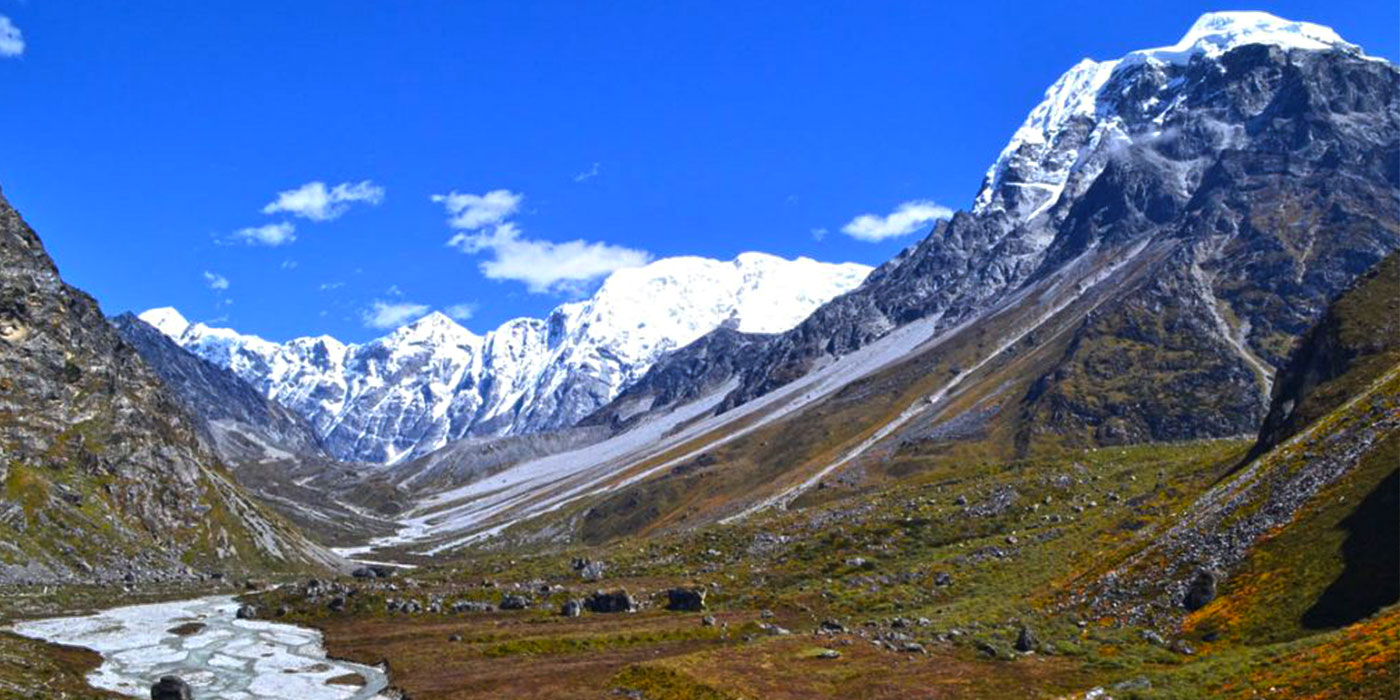
LANGTANG VALLEY TREK 8 DAYS
Langtang National Park is a land of unspoiled beauty, becoming Nepal’s first Himalayan national park in 1976. It is also home to the Tibetan Buddhist Tamang people and is a stone’s throw from Kat...
How Hard is the Langtang Valley Trek?
The Langtang Valley Trek is considered moderately challenging, making it suitable for trekkers with a reasonable level of fitness and some prior trekking experience. The trek involves daily walks of 5-7 hours, with a mix of steep ascents and descents that can be physically demanding. In January, the difficulty level can increase due to snow and icy conditions on the trails, requiring extra caution and proper gear. Trekkers should be prepared for cold weather, which can add to the challenge, especially at higher altitudes where temperatures can drop significantly. Acclimatization is also an important factor, as the trek reaches elevations of up to 4,984 meters (16,352 feet) at Tserko Ri. It's essential to take your time and allow your body to adjust to the altitude to avoid altitude sickness. Despite these challenges, the trek is manageable for those who are well-prepared and determined. The stunning scenery, cultural experiences, and sense of accomplishment make the effort worthwhile, providing a rewarding adventure in one of Nepal's most beautiful regions.
What Kind of Weather Do You Expect for Langtang Valley Trek in January?
In January, the weather in Langtang Valley is characterized by cold temperatures and clear skies, creating a unique and beautiful trekking environment. Daytime temperatures typically range from -5°C to 10°C (23°F to 50°F), while nighttime temperatures can drop significantly, sometimes falling below -10°C (14°F). The clear winter skies offer excellent visibility, providing stunning views of the snow-capped Himalayan peaks. However, trekkers should be prepared for occasional snowfall and icy conditions on the trails, which can make the trek more challenging. Proper winter gear is essential, including thermal clothing, a good sleeping bag rated for low temperatures, and sturdy, insulated boots. Layering is key to staying warm and comfortable, as temperatures can vary throughout the day. It's also important to stay hydrated and take precautions against altitude sickness, as the cold weather can sometimes mask the symptoms. Despite the cold, the winter weather adds a magical quality to the landscape, making the Langtang Valley Trek in January a visually stunning and memorable experience.
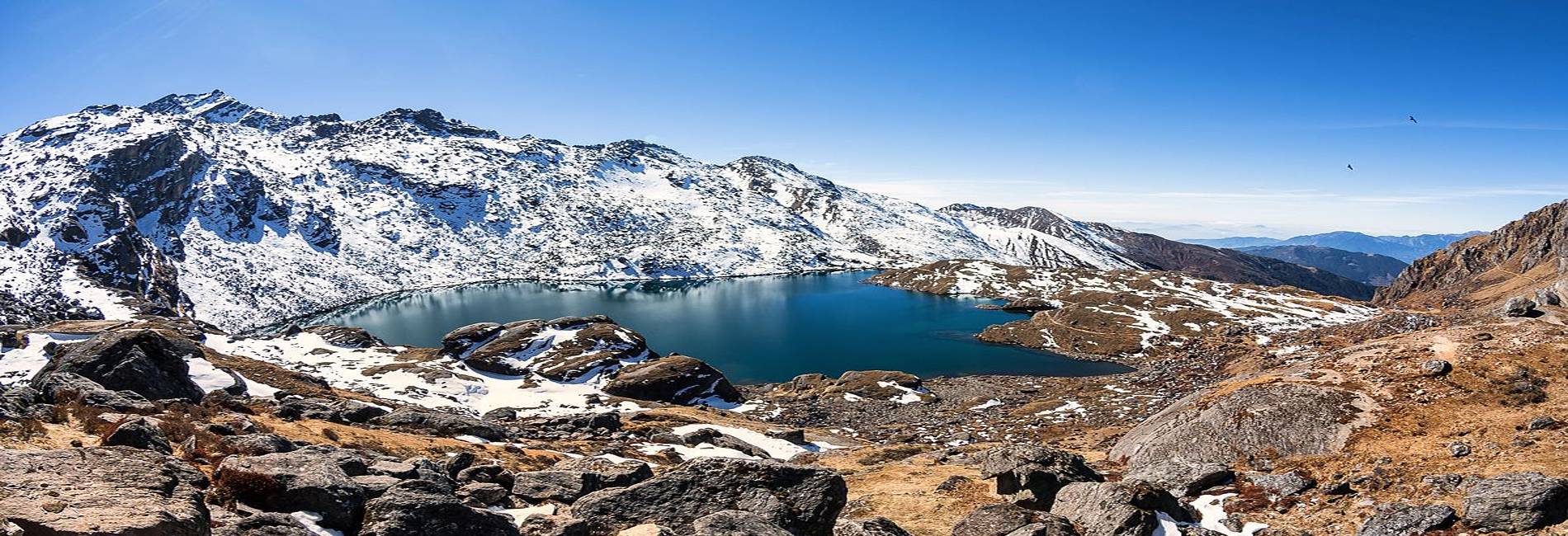
GOSAINKUNDA LAKE TREK
Bath in the pristine clear “holy” water of Gosainkunda Lake, a religious site and abode of Hindu deities Shiva and Gauri. This is a short trek in the much less crowded and quiet Langtang Region o...
Is Langtang Valley Trek Worth It?
Absolutely, the Langtang Valley Trek is worth it, offering a unique blend of natural beauty, cultural richness, and adventure. The trek takes you through diverse landscapes, from lush forests and terraced fields to alpine meadows and snow-capped peaks. The stunning views of Himalayan giants like Langtang Lirung and Ganesh Himal are truly breathtaking, especially in the clear winter skies of January. The cultural experiences are equally enriching, as you interact with the warm and hospitable Tamang and Sherpa communities. Visiting traditional villages like Langtang and Kyanjin Gompa provides a glimpse into the local way of life and offers opportunities to explore ancient monasteries and local traditions. The trek also takes you through the Langtang National Park, where you can spot unique wildlife such as the red panda. While the trek can be challenging, especially in winter conditions, the sense of accomplishment and the rewards of stunning scenery and cultural immersion make it all worthwhile. For those seeking a memorable and enriching adventure, the Langtang Valley Trek is an excellent choice.
What to Pack For Langtang Valley Trek for January
Packing for the Langtang Valley Trek in January requires careful consideration due to the cold weather conditions. Essential items include a high-quality down jacket, thermal base layers, and a good pair of waterproof trekking boots to keep you warm and dry. Don’t forget a warm hat, gloves, and a scarf to protect against the chilly winds. A sturdy backpack with a rain cover is crucial for carrying your gear. Pack a sleeping bag rated for sub-zero temperatures, as nights can be extremely cold. Include trekking poles for stability on icy paths, and a headlamp for early morning or late evening treks. Hydration is key, so bring a water bottle with a built-in filter. High-energy snacks like nuts and energy bars are also useful. Lastly, pack personal items such as sunscreen, lip balm, a first aid kit, and any necessary medications. Being well-prepared ensures a safe and enjoyable trekking experience in the beautiful but challenging winter conditions of Langtang Valley.
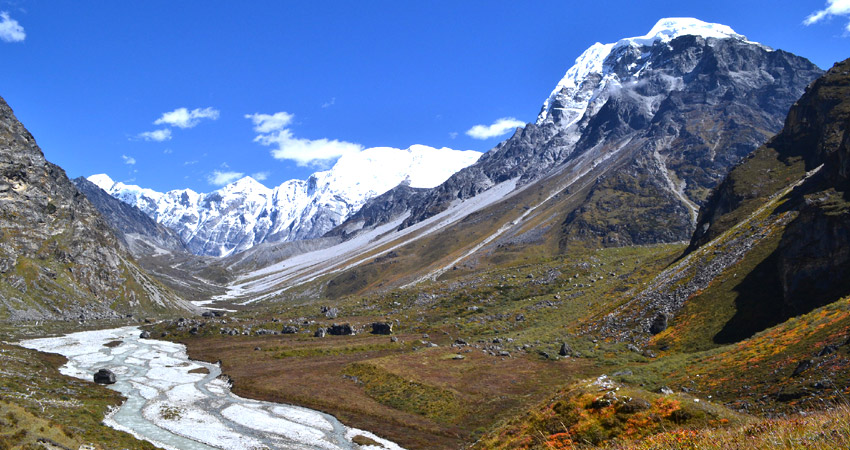
LANGTANG GOSAINKUNDA LAKE TREK
The Langtang Gosainkunda Lake (4380m) Trek takes you to alpine regions that will blow your mind! In a short trip from Kathmandu, you will find yourself in a pristine countryside in Nepal’s first...
Weather and Temperature in January Langtang Trek
The Langtang Valley Trek in January presents a unique and serene experience, but it also comes with challenging weather conditions. January is one of the coldest months in the Langtang region, with temperatures often dropping significantly, especially at higher altitudes. During the day, temperatures can range from 5°C to 10°C (41°F to 50°F) in lower elevations, but as you ascend, daytime temperatures can hover around freezing or even dip below 0°C (32°F). Nighttime temperatures can be extremely cold, often plummeting to -10°C to -15°C (14°F to 5°F) or lower, particularly in higher altitude areas like Kyanjin Gompa.
Snowfall is common in January, which can make the trails slippery and more challenging to navigate. However, the snow also adds a magical touch to the landscape, covering the mountains and valleys in a pristine white blanket. Clear skies are frequent, offering stunning views of the snow-capped peaks. It's essential to be well-prepared with appropriate winter gear to stay warm and safe while enjoying the breathtaking beauty of the Langtang Valley in January.
Food and Accommodation
Food and accommodation along the Langtang Valley Trek are generally provided by local teahouses, which offer a unique cultural experience. These teahouses serve a variety of meals, with traditional Nepali dishes like dal bhat (lentil soup with rice) being a staple. You can also find other options such as noodles, soups, and even some Western dishes. It's advisable to carry some high-energy snacks like nuts, chocolate, and energy bars for the trek, as they can provide a quick boost when needed. Accommodation in teahouses is basic but comfortable, typically featuring shared rooms with twin beds. Blankets are usually provided, but bringing your own sleeping bag is recommended, especially in January when temperatures can drop significantly at night. Hot showers may be available at some teahouses for an extra fee, but be prepared for limited amenities. Booking in advance is not usually necessary, but it can be helpful during peak trekking seasons. Overall, the teahouse experience adds a rich cultural dimension to your trek.
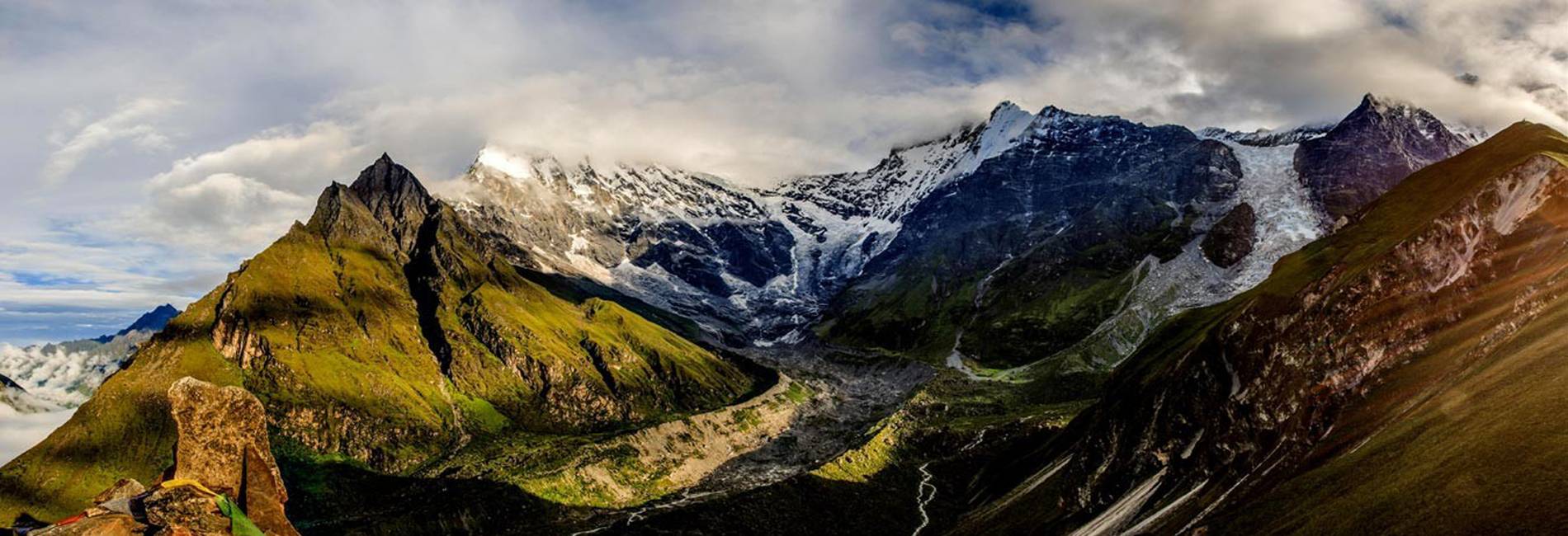
TAMANG HERITAGE TREK
LET THIS BE YOUR AWAKENING AND INTRODUCTION TO TIBETAN BUDDHISM.This is a spiritual journey into the heart of the Tibetan Buddhist region in the Langtang Valley on the Tibetan border. This maybe your...
Guide and Porter
Hiring a guide and porter for the Langtang Valley Trek can significantly enhance your trekking experience. A guide is invaluable for navigating the trails, providing local knowledge, and ensuring your safety. They can also enrich your journey with insights into the culture, history, and natural environment of the Langtang region. Porters, on the other hand, can carry your heavy gear, allowing you to trek with just a daypack, which makes the trek much more enjoyable and less physically demanding. It's important to hire guides and porters through reputable agencies to ensure they are fairly compensated and treated well. Typically, guides speak good English and are trained in first aid, while porters carry up to 20-25 kg of gear. Hiring a guide and porter not only makes your trek easier but also supports the local economy. Remember to tip them generously at the end of your trek as a token of appreciation for their hard work and dedication.
Transportation for Langtang Trek
Transportation to the starting point of the Langtang Valley Trek typically involves a drive from Kathmandu to Syabrubesi, the gateway to the Langtang region. The journey takes about 7-9 hours by bus or jeep, depending on road conditions and traffic. Public buses are the most economical option, but they can be crowded and less comfortable. For a more comfortable and quicker ride, you can hire a private jeep, which is especially recommended if you are traveling in a group. The road to Syabrubesi is scenic but can be rough and bumpy, so be prepared for a bit of an adventure. Once you reach Syabrubesi, the trek begins on foot. There are no roads beyond this point, so all further travel will be on foot. It's advisable to arrange your transportation in advance, especially during peak trekking seasons, to ensure availability and a smooth start to your trek.
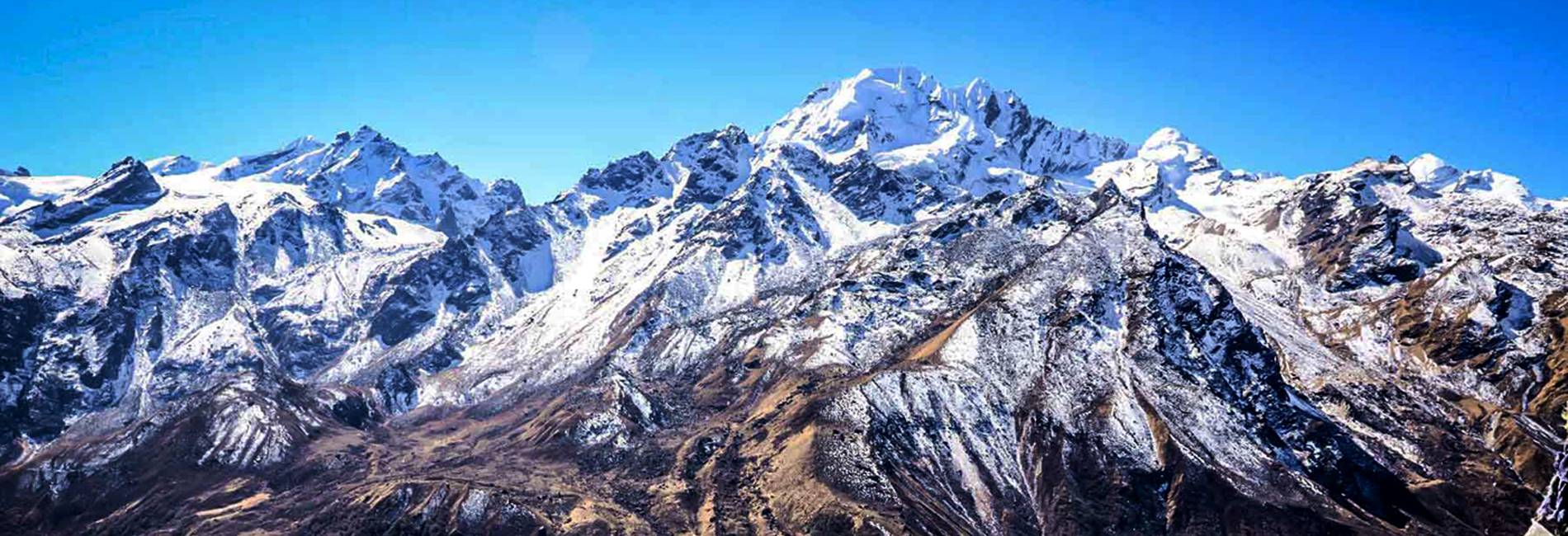
GANGJA LA PASS TREK
The Gangja La Pass (5130m) Trek has so much to offer while a stone’s throw from Kathmandu. Trekking into this region is a journey rich in Tibetan culture and Buddhist traditions. The Tamang villages w...
Conclusion
The Langtang Valley Trek in January offers a unique and rewarding experience, with stunning landscapes and a rich cultural heritage. Proper preparation is key to enjoying this adventure, starting with packing the right gear to stay warm and comfortable in the cold weather. Teahouses along the route provide basic but cozy food and accommodation, adding a cultural touch to your journey. Hiring a guide and porter can greatly enhance your trek, making it safer and more enjoyable while supporting the local community. Transportation to the trailhead is straightforward, with options ranging from public buses to private jeeps. Overall, the Langtang Valley Trek is a memorable adventure that combines natural beauty, cultural experiences, and physical challenge, making it a must-do for any trekking enthusiast.
Langtang Region Packages
Tamang Heritage and langtang Valley Trek

HELAMBU TREK
Big on beauty for those short on time!The Helambu region is a short trek about 72 km from Kathmandu and offers trekkers so much in such a short space of time. The word Helambu derives from the w...
Any Questions? Let Us Know.
Recent Posts
17th June, 2025


















